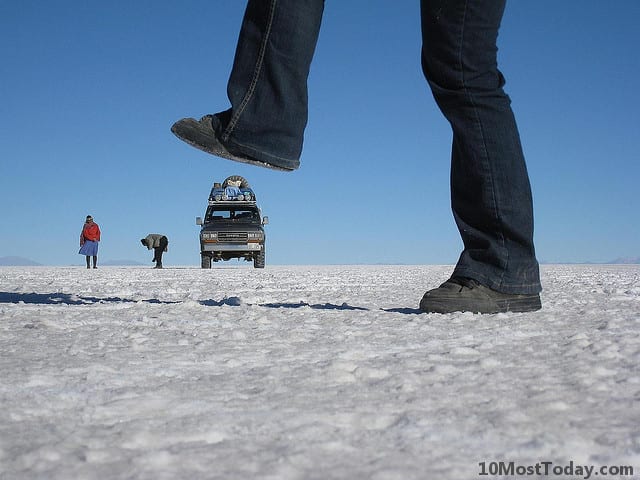Today we wrote down everything we have learnt about dinosaurs over the past 2 weeks. It was a lot!
Room 7
Dinosaur knowledge
Prior Knowledge
Animal
Predator
Dino is the root word
‘Saurs’ means something
Species
Extinct
Huge
Large bones
Long necks
Eggs
Sharp teeth
Long tails
Eat people
Different kinds
Spikes
Horns
Mammals
4 legs
We learnt that...
Bipedal means 2 feet and quadruped means 4 feet. Some dinosaurs are bipedal and some are quadrupeds. Some can change between the two stances. They are sturdy.
Theropod is a 3 clawed dinosaurs
Dinosaurs are warm-blooded, which means their blood temperature is always the same
Carnivore means a meat eater
Herbivore means a plant eater
Omnivore means it can eat plants and meat
Some dinosaurs are huge and some are small. Typically, huge dinosaurs were sluggish (slow).
Dinosaurs died out 66 million years ago. They started existed 230 million years.
They died because of an extinction event, most people think this was because a meteor hit the Earth.
Dinosaurs legs go out the bottom of their hip bones, whereas reptiles bones go to the side of their hips. Reptiles do not have an extra hole in their skull, but dinosaurs do.
Mary Anning found lots of fossils on a cliffside in England in the 19th century. She was born in 1799 and died in 1847. She survived a lightning strike as a baby. In 1824 she found the first fossil.
Non-avian dinosaurs are dinosaurs that are not birds. Avian means birds.
Metabolism means how fast or slow your body converts food into energy
Diverse means a big range
Modifications means changes. Dinosaurs have modifications such as spikes, armour, horns or crests.
Clade means family.
Lineage means ancestors/descendants
Paleontologists are scientists that study ancient things including dinosaurs
There are 4 main groups of dinosaurs; theropods, sauropods, ankylosaurus and pterosaurs.
Titanoboa was top of the food chain after the dinosaurs died. It killed people by constricting people. It spent most of its time in the water because it was super heavy. It was 13m long, as big as a bus.
Hominins existed when 7-6 million years ago, the first humans to walk on 2 feet.
People did not exist when dinosaurs existed.
Adaptation is something that changes over time.
Ecology - how animals relate to each other
Fossils are made when dinosaurs die and their bones get trapped in rock or mud. The bones break down over time but leave a mould, which is filled with rock. This becomes the fossil.
Dinosaurs sometimes eat each other.
There were 3 periods of time that have dinosaurs. This is called the ‘age of dinosaurs’ also known as the ‘Mesozoic Era’; Triassic period, Jurassic period, and Cretasous period.
Then there were 3 more periods in time, “Age of mammals”, also known as ‘Cenozoic Era’; Paleogene Period, Neogene period and Quaternary period.
Dinosaur fossils have been found on every continent, including Antarctica.
Joan Wiffen found the first dinosaur fossil (a theropods tailbone) in NZ in 1975, in Hawkes Bay. She died in 2009.
Dinosaurs laid eggs and they lived in family groups.














